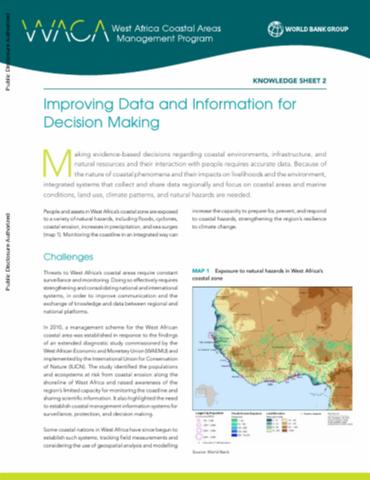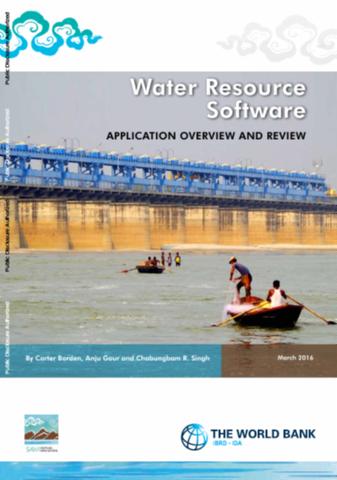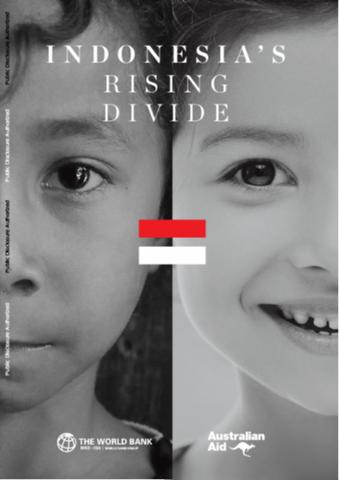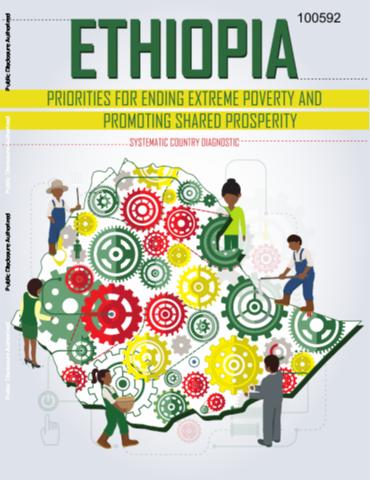The World Bank is a vital source of financial and technical assistance to developing countries around the world. We are not a bank in the ordinary sense but a unique partnership to reduce poverty and support development. The World Bank Group has two ambitious goals: End extreme poverty within a generation and boost shared prosperity.
- To end extreme poverty, the Bank's goal is to decrease the percentage of people living on less than $1.25 a day to no more than 3% by 2030.
- To promote shared prosperity, the goal is to promote income growth of the bottom 40% of the population in each country.
The World Bank Group comprises five institutions managed by their member countries.
The World Bank Group and Land: Working to protect the rights of existing land users and to help secure benefits for smallholder farmers
The World Bank (IBRD and IDA) interacts primarily with governments to increase agricultural productivity, strengthen land tenure policies and improve land governance. More than 90% of the World Bank’s agriculture portfolio focuses on the productivity and access to markets by small holder farmers. Ten percent of our projects focus on the governance of land tenure.
Similarly, investments by the International Finance Corporation (IFC), the World Bank Group’s private sector arm, including those in larger scale enterprises, overwhelmingly support smallholder farmers through improved access to finance, inputs and markets, and as direct suppliers. IFC invests in environmentally and socially sustainable private enterprises in all parts of the value chain (inputs such as irrigation and fertilizers, primary production, processing, transport and storage, traders, and risk management facilities including weather/crop insurance, warehouse financing, etc
For more information, visit the World Bank Group and land and food security (https://www.worldbank.org/en/topic/agriculture/brief/land-and-food-security1
Resources
Displaying 441 - 445 of 4907Intra-Household Dynamics and the Design of Social Protection Programs
A recent overview of World Bank social safety net programs and gender highlighted the need for greater consideration of intra-household dynamics in the design of social protection programs (Bardasi 2014). During program design, decisions have to be made about who to target, how much and how often to give cash transfers, and what measures should accompany cash transfers. These decisions become even more complex in the context of polygamous households. The conclusions above are meant to illustrate important links between intra-household dynamics and the design of cash transfer programs.
Improving Data and Information for Decision Making
Making evidence-based decisions regarding coastal environments, infrastructure, and natural resources and their interaction with people requires accurate data. Because of the nature of coastal phenomena and their impacts on livelihoods and the environment, integrated systems that collect and share data regionally and focus on coastal areas and marine conditions, land use, climate patterns, and natural hazards are needed. Monitoring coastal areas requires scientific input, public-private partnerships, and an interconnected effort among national and regional actors.
Water Resource Software
This document provides an overview of how water resource software’s (WRS) are used to manage water resources issues, criteria for WRS selection, and a high level review of WRS currently available that central and state governments of India can use for water management. The water resource issues covered include water allocation and planning, flood management, groundwater management, conjunctive use, water quality, and sediment transport.
Indonesia's Rising Divide
In 2015, Indonesia stands as an increasingly divided country, unequal in many ways. There is a growing income divide between the richest 10 percent and the rest of the population, and this gap is driven by many other types of inequality in Indonesia.People are divided into haves and have-nots from before birth. Some children are born healthy and grow up well in their early years; many do not. Some children go to school and receive a quality education; many do not. In today’s modern and dynamic economy; most do not and are trapped in low-productivity and low-wage jobs.
Ethiopia
This Systematic Country Diagnostic (SCD) identifies the binding constraints to reducing extreme poverty and promoting shared prosperity in Ethiopia. Achieving those goals requires a two pronged strategy of building on the strengths of past performance as well as introducing new elements. Progress in rural livelihoods drove poverty reduction in the past and will likely do so in the future. In addition, faster, and more inclusive, private sector-led structural change and ‘getting urbanization right’ are essential going forward.










